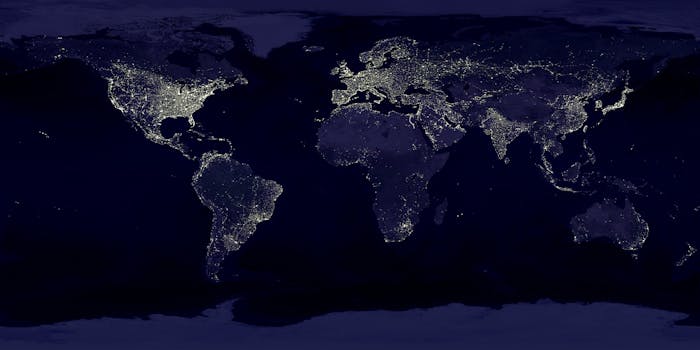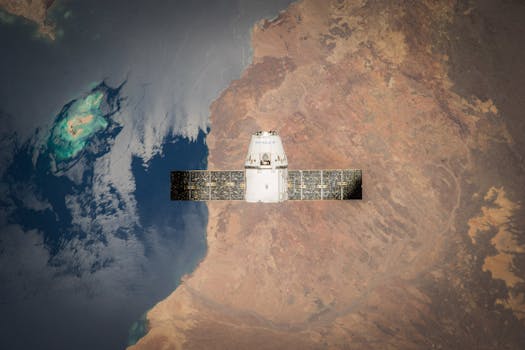
High-Tech Horizons: The Evolution of Earth-Orbiting Technologies for Observation
High-Tech Horizons: The Evolution of Earth-Orbiting Technologies for Observation has revolutionized the way we understand our planet. With the advent of satellite imaging and space exploration, we have been able to gather unprecedented amounts of data about the Earth’s surface, atmosphere, and oceans. In this article, we will explore the history and development of Earth-orbiting technologies, their current applications, and the future directions of this field.
History of Earth-Orbiting Technologies

The first Earth-orbiting satellite, Sputnik 1, was launched by the Soviet Union in 1957, marking the beginning of the space age. Since then, numerous satellites have been launched for various purposes, including communication, navigation, weather forecasting, and Earth observation. The first Earth observation satellite, TIROS-1, was launched by NASA in 1960, which provided the first television infrared observation satellite images of the Earth’s cloud cover and weather patterns.
Over the years, Earth-orbiting technologies have evolved significantly, with advancements in sensor technology, data transmission, and computing power. The introduction of remote sensing technologies, such as radar and lidar, has enabled the collection of high-resolution data about the Earth’s surface and atmosphere. The development of satellite constellations, such as the Landsat and Sentinel series, has provided a continuous stream of data about the Earth’s surface, allowing for monitoring of changes in the environment, climate, and natural resources.
Current Applications of Earth-Orbiting Technologies
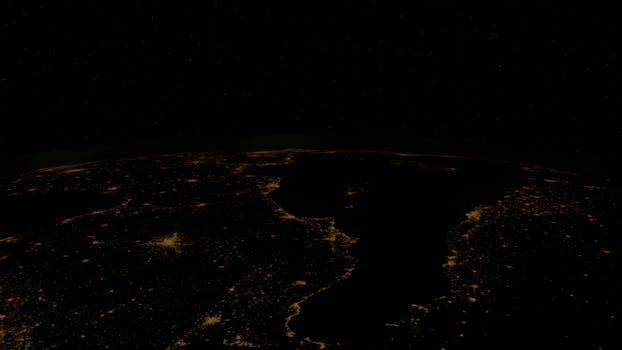
Earth-orbiting technologies have a wide range of applications, including environmental monitoring, climate change research, natural resource management, and disaster response. Satellite imaging is used to monitor deforestation, track ocean currents, and detect natural hazards such as hurricanes and wildfires. Satellite data is also used to study the Earth’s climate, including monitoring sea level rise, ice sheet melting, and changes in atmospheric composition.
In addition to environmental applications, Earth-orbiting technologies are used in various fields, including agriculture, urban planning, and emergency response. Satellite-based navigation systems, such as GPS, have revolutionized transportation and logistics, while satellite-based communication systems provide connectivity to remote and underserved areas.
Future Directions of Earth-Orbiting Technologies
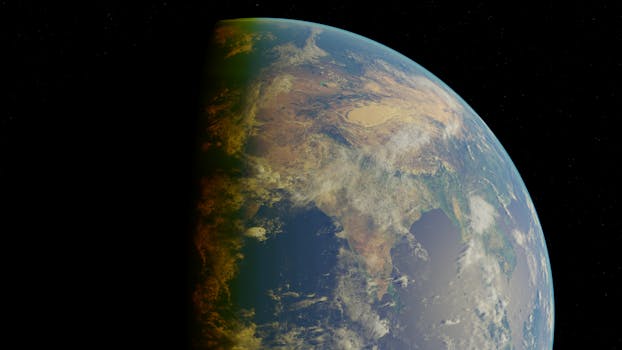
The future of Earth-orbiting technologies holds much promise, with advancements in technologies such as artificial intelligence, machine learning, and the Internet of Things (IoT). The development of small satellites, such as CubeSats, has made it possible for smaller organizations and countries to launch their own satellites, increasing access to space-based data and applications.
The integration of Earth-orbiting technologies with other technologies, such as drones and autonomous systems, is expected to enhance the accuracy and efficiency of data collection and analysis. The use of cloud computing and big data analytics will enable the processing and analysis of large amounts of satellite data, providing insights and predictions about the Earth’s systems and processes.
Conclusion
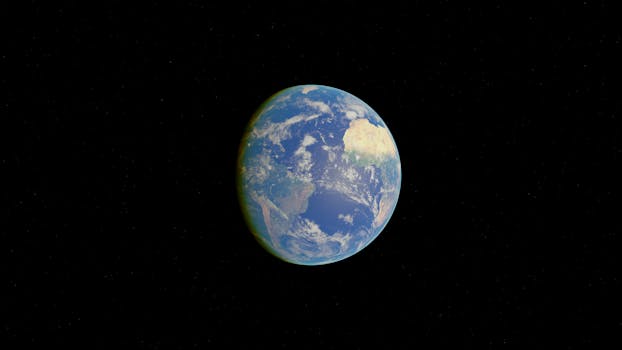
In conclusion, High-Tech Horizons: The Evolution of Earth-Orbiting Technologies for Observation has transformed our understanding of the Earth and its systems. From the early days of satellite imaging to the current applications of satellite data, Earth-orbiting technologies have come a long way. As we look to the future, it is clear that these technologies will continue to play a vital role in addressing the challenges facing our planet, from climate change to natural resource management. By leveraging the power of Earth-orbiting technologies, we can build a more sustainable and resilient future for all.
See more:
